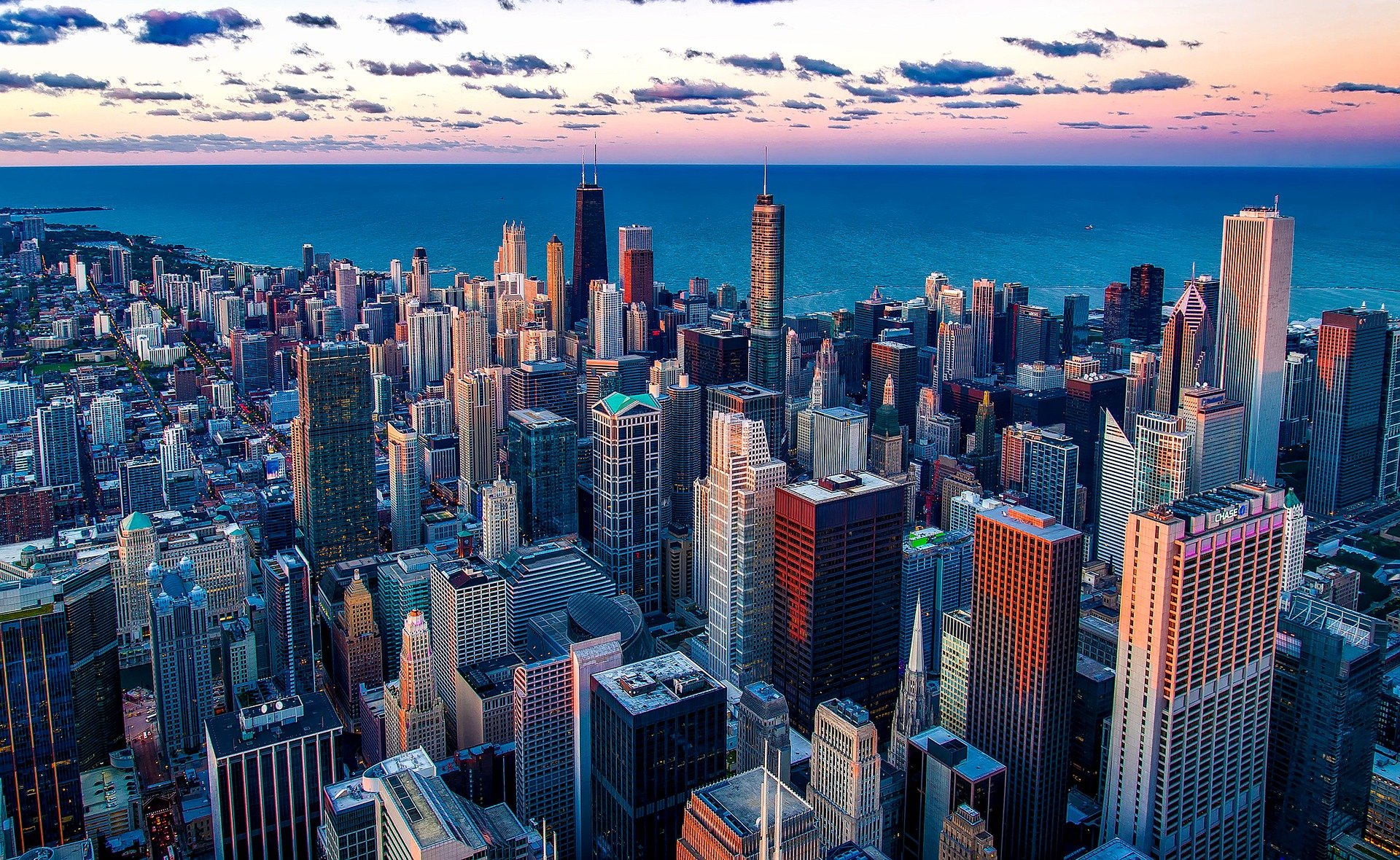Get A Quote

With the exception of a couple of code references here and there, the requirements for gas sensors are not as extensive as they are for smoke and heat detectors when preparing life safety alarm system designs.
All IBC, NFPA101, NFPA72, IFC, and IMC tell us in numerous areas of the code when and where to place smoke and heat detectors in both sprinklered and non-sprinklered buildings.
And yet, there are few references in the code telling us when and where gas detectors are required. If you are a fire alarm system designer, our initial thoughts tell us that there could be a great benefit to the use of gas detection in an overall comprehensive life safety design.
Carbon Monoxide (CO) Gas Detection and Code References
The most common gas detection that comes to mind is the creation of carbon monoxide (CO) gas. There are various references in code that tell us that there should be carbon monoxide detection where people sleep, and CO sensors should be placed within 15 feet of bedroom areas when fossil burning appliances exist on the same floor, one floor below, and one floor above. More recent codes also tell us to place carbon monoxide gas sensors in the sleeping area when forced air Roof Top Units exist and are gas-fed.
In addition, recent code changes tell us that all classrooms and common areas of schools require carbon monoxide sensors when any gas-fed appliance exists. Note the reference to placing carbon monoxide detectors in each classroom and not just the mechanical room or corridor. Many manufacturers suggest 3 to 5 feet above the floor and not the ceiling.
Keep in mind that CO sensors are available in both Local and System forms. It is up to the designer and the AHJ on which one to use best. Local Alarm or Supervised by the Fire Alarm Panel to be determined.
Detection and Protection Against All Types of Harmful Gasses
There are little to no other gas detection references in the code, with the exception of some broad statements that mention if there is a concern about the presence of gas and based on skilled risk analysis, that a life safety designer should take into consideration the detection and protection of space if there is a possibility of danger caused by the presence of gas.
Here are some of the other dangerous gases to be considered, the type of sensor to use, the proper location and application to be used:
| Gas Sensor | Gas | Locations | Application |
|---|---|---|---|
| CO2 | Carbon Dioxide | 3–5 feet above floor | Restaurant, Bar, |
| H2 | Hydrogen | 1 foot below ceiling | Battery Rooms |
| NO2 | Nitrogen Dioxide | 1 foot below ceiling | Diesel Byproduct |
| CL2 | Chlorine | 1 foot above floor | Swimming Pool Equipment Rooms |
| C3HB | Propane | 1 foot above floor | Propane Storage Areas, Lifts, Carts |
| CH4 | Methane, Natural Gas | 1 foot below ceiling | Rooms with gas piping, valves, etc |
Other potential harmful gases include Oxygen, Ammonia, and the growing concern of gases from Lithium Ion batteries when they heat up and eventually burn.
By applying gas detection to an overall life safety design, many dangerous conditions can be avoided:
- Toxicity with both fatality and or minor to extreme poisoning
- Impairment
- Skin and Eye irritation
- Fuel for rapid-fire growth
- And Explosive life-threatening conditions.
A well-rounded fire alarm system design should consider the use of gas detection to provide an optimal life safety condition for the building.
High Rise Security Systems, HRSS, with SMG Security Holdings, SMG can help you by evaluating your building structure and business application and determining the proper type of gas detection to be used. We offer extensive experience and understanding of code regulations for the proper placement of smoke and gas detection devices. Contact us with any questions and to learn more about the proper use of smoke and gas detectors.


